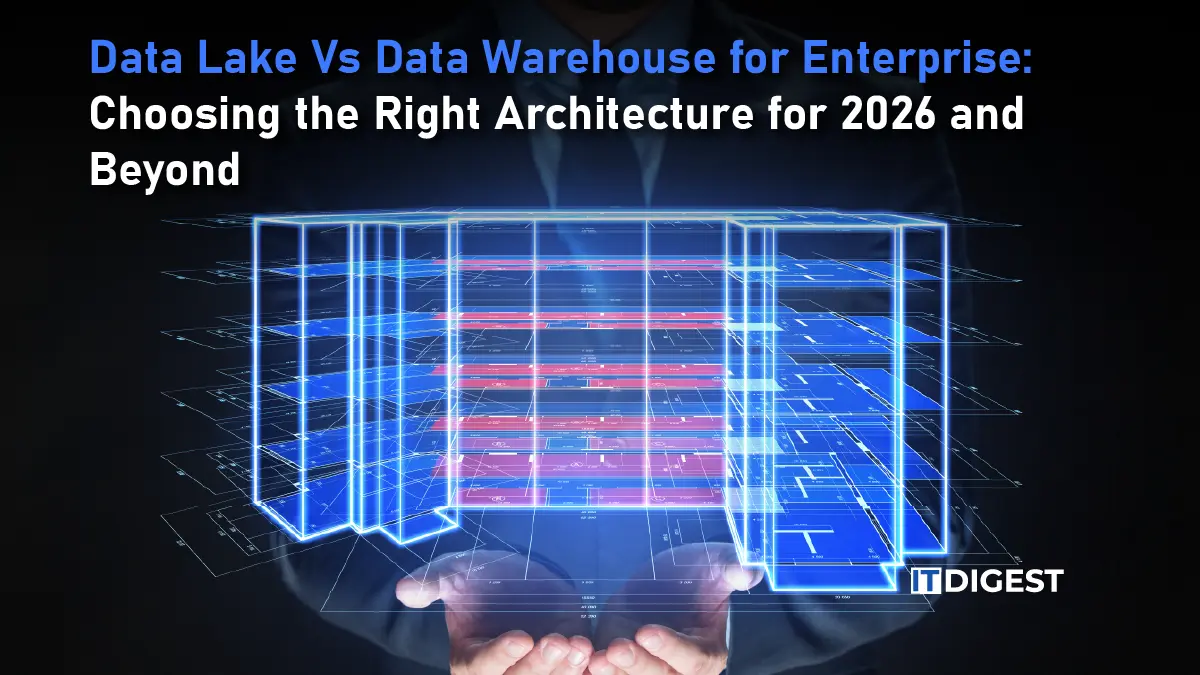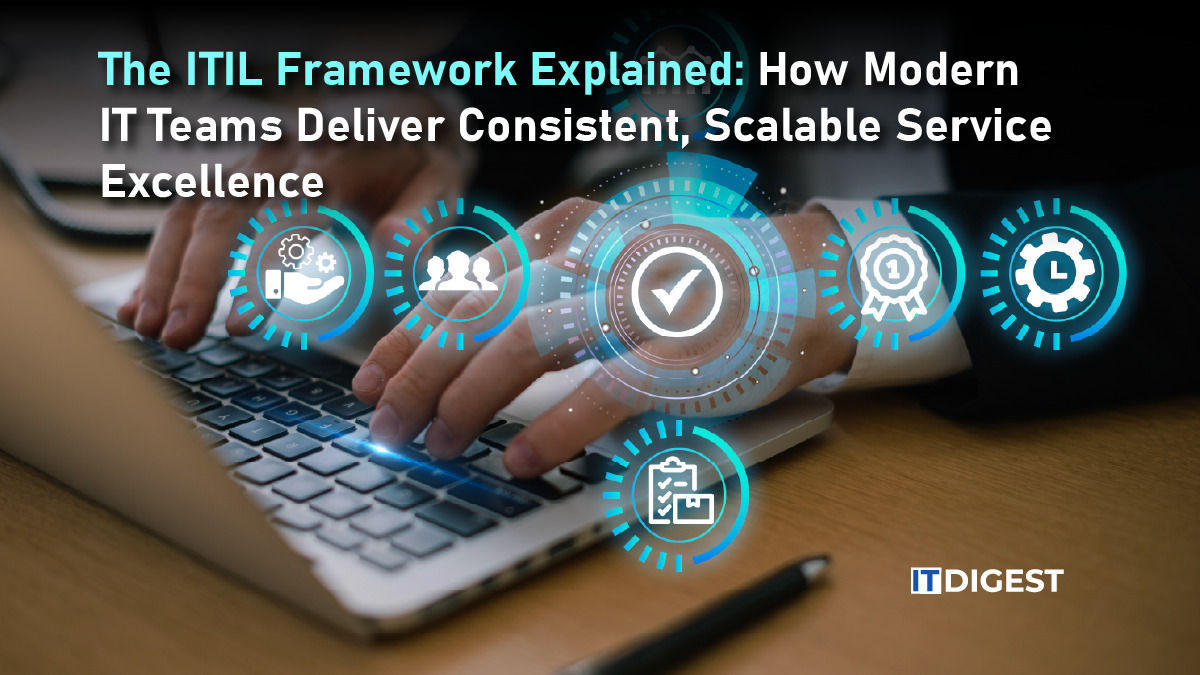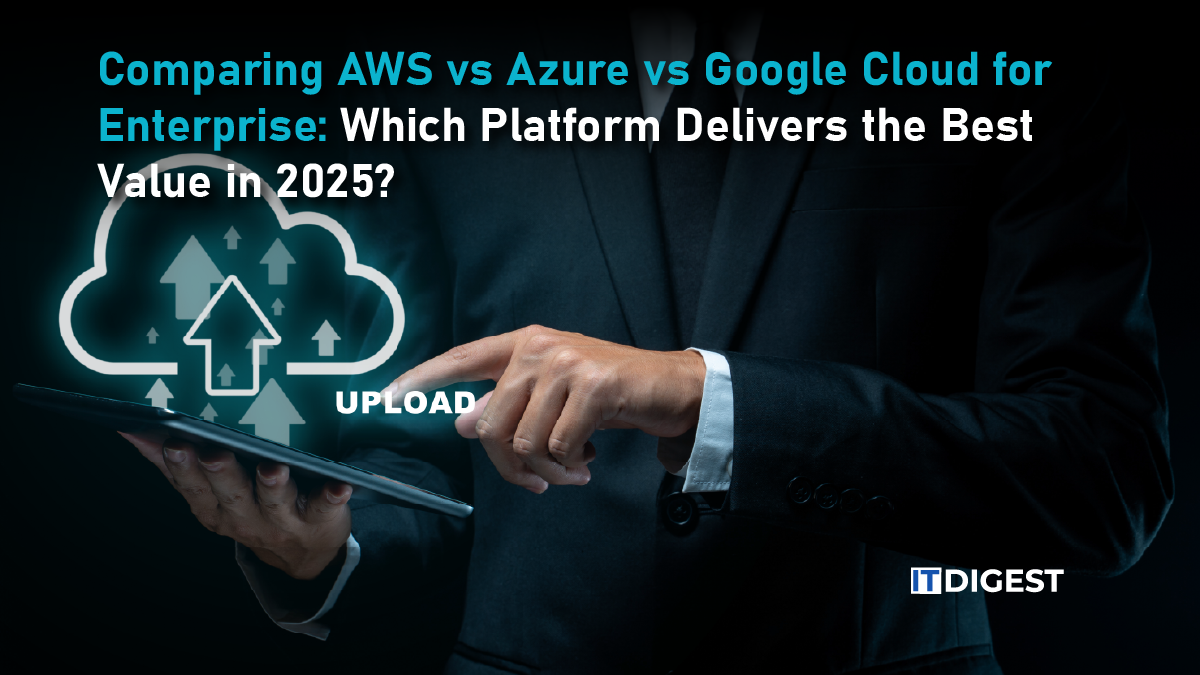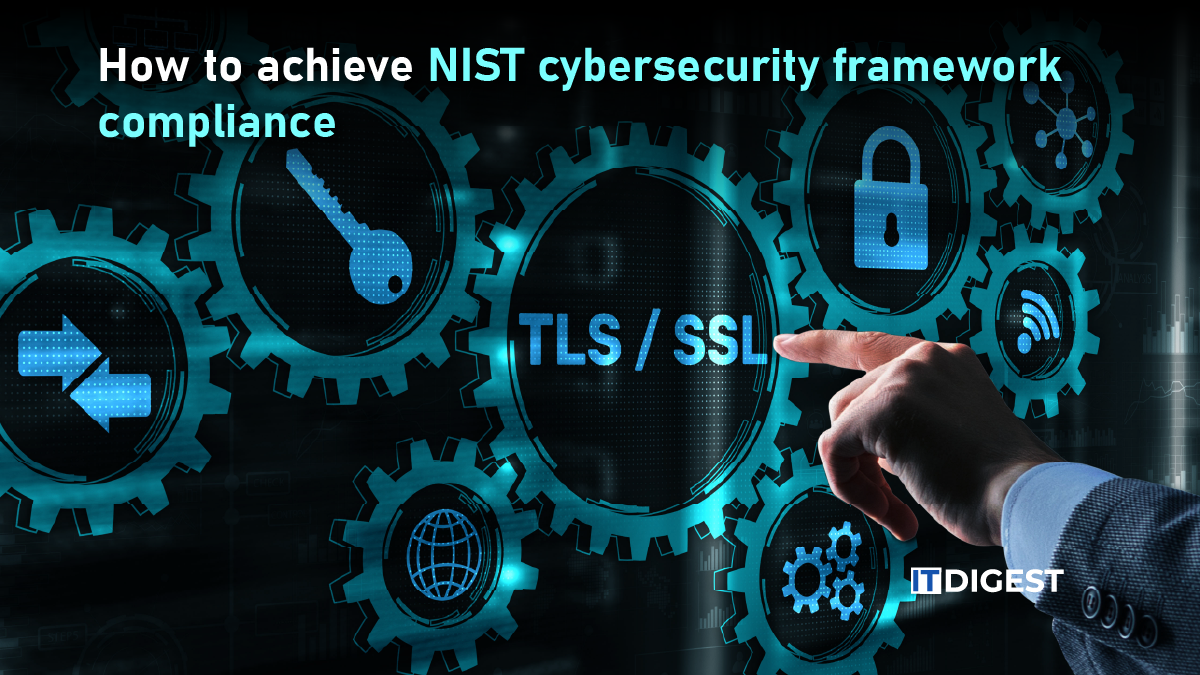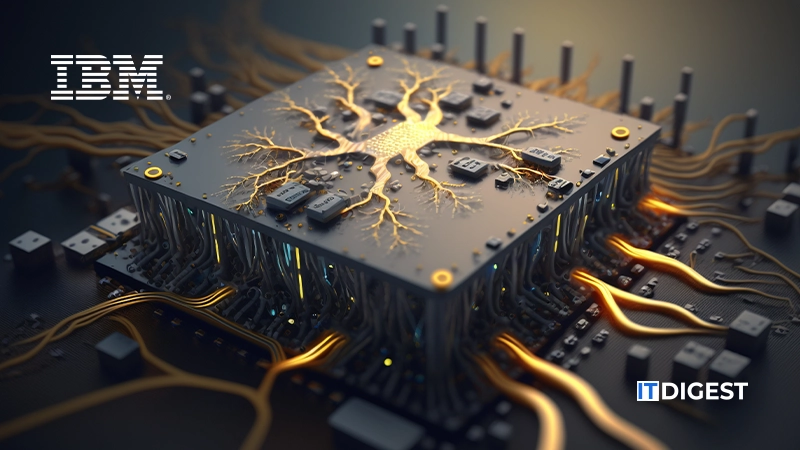IBM announced that it is collaborating across four of the U.S. Department of Energy’s (DoE) National Quantum Information Science Research Centres (NQISRCs) to accelerate the advent of what it calls quantum-centric supercomputing (QCSC). Under the 2018 National Quantum Initiative Act, the DoE authorised up to USD 625 million to establish five NQISRCs; IBM is now a member of four of those centres.
IBM defines quantum-centric supercomputing as an architectural paradigm that blends traditional high-performance computing -CPUs, GPUs- with quantum processing units (QPUs) in a tightly-coupled fabric, and intends to combine quantum with other pillars such as quantum sensing and quantum communication.
The core thrusts of IBM’s collaboration are twofold:
- Scaling a quantum-computing internet: IBM plans to work, among others, with the Superconducting Quantum Materials and Systems Center (SQMS) at Fermi National Accelerator Laboratory to link two IBM quantum processors in separate cryogenic setups, via a microwave-based quantum network i.e., making quantum computers interconnectable within a datacentre within five years.
- Exploring quantum algorithms and applications: With the Quantum Science Center (QSC) at Oak Ridge National Laboratory and the Co‑design Center for Quantum Advantage (C2QA) at Brookhaven National Laboratory, IBM is targeting real-world scientific computing problems materials science, high energy physics, condensed matter and working to develop new quantum algorithms, error-mitigation/post-selection techniques, and hierarchical error-correction codes.
In its statement, IBM “applaud[ed] the DoE for continuing to fund these mission-critical centres and most importantly, foster a collaborative quantum-computing ecosystem in the United States so that together, we can realise useful quantum computing at scale.”
Why this matters for the quantum-computing industry
This announcement is significant for several reasons:
- Advancing hybrid quantum architectures
By emphasising a “quantum-centric supercomputing” approach, IBM is signalling that the next era of quantum computing will not merely be about standalone quantum devices, but about their seamless integration into existing high-performance computing (HPC) ecosystems. The industry has long recognised that “useful” quantum computing will likely involve classical/quantum hybrids IBM is formalising that notion.
For the broader quantum ecosystem (hardware vendors, QPU specialists, cryogenics firms, quantum-software developers), this shift means business-models and road-maps must adapt: quantum will not simply be “here’s a QPU, good luck” but “here’s a QPU that plugs into your HPC workflow”. - Building quantum communication & networking foundations
The work with SQMS and Q-NEXT (another DoE initiative) to link quantum processors via microwave and optical networks is a concrete push toward a quantum computing internet multiple quantum processors operating as one system. This is a key next front in quantum technology: quantum interconnects, quantum-networking standards, quantum link hardware will all become growth areas.
For companies in that value chain (optical transducers, quantum link hardware, cryogenic interconnects), IBM’s approach signals where investment and collaboration may be concentrated in the next 3-5 years. - Focus on applications & error correction
IBM’s emphasis on developing algorithms, error-mitigation, error-correction, and coupling quantum and classical workflows points to one of the biggest bottlenecks in the quantum industry: demonstrating “quantum advantage” in real-world scenarios. While hardware scaling attracts headlines, it’s the software and algorithm stack that often determines whether a quantum investment yields business value.
For quantum-software firms, quantum algorithm consultancies, HPC firms, and enterprises exploring quantum, this is a timely reminder: to capture value, one must think beyond qubit counts and focus on workflow integration, error-handling, and real applications. - Ecosystem collaboration & national-level impetus
The partnership with DoE-funded national centres underscores the strategic importance of quantum computing at the national policy level. When major hardware players like IBM tie themselves to national research centres, it signals confidence (and funding interest) in the sector’s long-term trajectory. This enhances investor confidence, encourages start-ups to align with national initiatives, and raises the bar for what “quantum readiness” means in a business context.
Also Read: NVIDIA Launches NVQLink, A Bridge Between Quantum and GPU Computing
Implications for businesses operating in the quantum ecosystem
From the lens of businesses whether quantum-native or classical firms exploring quantum the IBM announcement carries several practical take-aways:
- Legacy HPC firms & cloud providers must begin planning for hybrid workflows: traditional CPU/GPU clusters will increasingly be paired with QPUs and require orchestration layers, software stacks, and routing mechanisms that know how to leverage quantum sub-routines within classical pipelines. The “quantum-centric supercomputing” model suggests that integration is key.
- Quantum hardware vendors should consider that qubits alone will not define competitive advantage; interconnects, cryogenics, network links and error-correction infrastructure become differentiators. Firms that build the network links between quantum processors, or that offer scalable cryogenic infrastructure, may be positioned favourably.
- Quantum-software and algorithm companies must sharpen their focus on real-world use cases and workflow integration: demonstrating quantum utility (not just quantum novelty) will require proofs of concept in materials science, high-energy physics, optimisation, simulation. The IBM-NQISRC collaborations signal a shift to “quantum ready for business” rather than “quantum research for fun”.
- Enterprise adopters of quantum (in manufacturing, chemical simulation, energy, finance) should treat this era as transitional: the quantum-ready architecture will involve mixed classical/quantum systems, and the value will derive when quantum is embedded — not just when a QPU is purchased. Businesses may need to partner with quantum-service providers, national centres or consortiums to build the right pipelines, and to stay aligned with standards emerging from such collaborations.
- Investors and ecosystem builders should note that funding and momentum are now converging around the infrastructure and networking layer of quantum. This may represent a rich area of investment (cryogenics, quantum interconnects, quantum networking hardware, quantum-HPC integration software) rather than just pursuing ever-higher qubit counts.
The broader outlook
The IBM announcement marks another step in the maturation of the quantum-computing industry: from isolated quantum machines toward integrated quantum ecosystems that mesh with classical HPC, networking, sensing, and communications. As the architecture of quantum computing becomes more complex and connected, the business opportunities broaden but so do the risks (interoperability, standardisation, cost/maturity).
For the industry at large, this signals that the quantum race is not just about “how many qubits” but about system-integration, networking, workflow, and results. For businesses, being quantum-ready means thinking systemically: hardware + software + workflow, rather than hardware in isolation.
In short, IBM’s move is both a signal and a challenge: the signal is that quantum computing is entering its next phase; the challenge is to align business strategies, R&D road-maps, and partnerships accordingly. If a company is already in the quantum game or considering entry now may be the right time to take stock of architecture, partnerships and end-use cases, because the quantum ecosystem is evolving from promise toward scalable deployment.





















